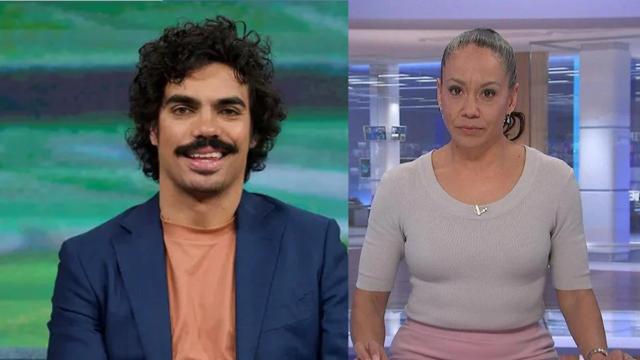Mainstream media is often understood as a reflection of national identity. Television media in Australia has documented Australian lives since its inception in 1956.
For First Nations people however, their voices in this reflection have been largely absent. Non-Indigenous presenters and journalists have historically been in charge of telling the stories about Indigenous people.
In recent times, meaningful self-reflection by some elements of the media industry has seen improvements. However, there is still a need for greater representation of First Nations peoples’ perspectives in the media – particularly in relation to Indigenous issues.
Racism in Australian media
The link between racism in the media and racism in our communities is no new thing. In 1991, the National Inquiry into Racist Violence in Australia found:
considerable evidence to indicate that racism in media reporting can damage community relations and create a social climate which is tolerant of racist violence.
Nearly 30 years later, Muruwari journalist Allan Clarke wrote about taking a break from Australian journalism due to the ongoing inequalities he observed in the Australian media industry. Clarke wrote:
Rarely are deaths in custody presented in context; rarely is our culture presented in context; rarely is our history presented in context.
The exclusion of Indigenous voices in the media causes more than minor discomfort. The under-representation of Indigenous perspectives contributes to the marginalisation of Indigenous peoples. Young Indigenous people turn on their television to see only scarce representation of their own people and culture. This sends a message that First Nations people come second to the white majority.
That message sticks.
In addition, non-Indigenous peoples who fail to think critically about what they see on mainstream media are similarly affected. The overwhelming representation of whiteness on morning breakfast shows, for instance, reinforces the notion that Australia is first and foremost a country of white people and excludes Indigenous peoples.
This is just one of the 47 conditions of daily experience non-Indigenous academic Jenny Tannoch-Bland outlined in her article in 1998 that characterises white race privilege.
Representation of Indigenous perspectives
Representations of Indigenous Australian peoples in mainstream media has been clumsy and offensive in many cases.
Bill Leak famously caused outrage with a racist cartoon depicting Indigenous fathers as disinterested alcoholics. Channel Seven made headlines for its 2018 discussion of adoption of Indigenous children where social commentator Prue McSween intimated she thought a new Stolen Generation might be necessary.
After much criticism of mainstream media, broadcasters in Australia are increasing Indigenous representation in their teams.
The ABC has benefited from the work of renowned journalists like Bundjalung woman Miriam Corowa and Dja Dja Wurrung and Yorta Yorta woman Bridget Brennan.
ABC News has also recently replaced sports anchor Paul Kennedy with Barranbinya man and ex-footballer Tony Armstrong. As Armstrong told the Sydney Morning Herald earlier this year,
I really look different. And that’s obviously a broader issue the Australian media’s got.
The introduction of NITV, launched by SBS in 2012, is described as both “a channel made by, for and about Aboriginal and Torres Strait Islander people”. And, “a channel for all Australians” has brought more Indigenous perspectives into Australian living rooms.
Researcher Amy Thomas and Indigenous researcher Yin Paradies noted recently the increased “inclusion” of Indigenous perspectives across mainstream newspaper and television networks. However, they found this often doesn’t go further than “surface level inclusion”.
According to Thomas and Paradies, surface level inclusion is:
absence of negative stereotypes, but excluding Indigenous authors, perspectives, historical and cultural contexts, and voices.
However, positives can be seen in the rise of social media. A recent report highlighted how Indigenous peoples saw social media as a rich site for self-publishing. This provides a platform for First Nations people to challenge mainstream media exclusion and misinformation about them.
Social media is fast becoming a viable alternative to mainstream media outlets, such as television and news platforms that continue to fail First Nations people. Those media outlets will slowly become less relevant as Indigenous peoples embrace new and innovative channels which allow self-publication of stories and opinions that matter to them.
Indigenous young people need to see their valuable place in society by seeing themselves better represented on television and in newspapers. Australian media need to take a close look at whose voices they are privileging.![]()
Tristan Kennedy, Associate professor, Macquarie University
This article is republished from The Conversation under a Creative Commons license. Read the original article.

Leave a Reply
You must be logged in to post a comment.